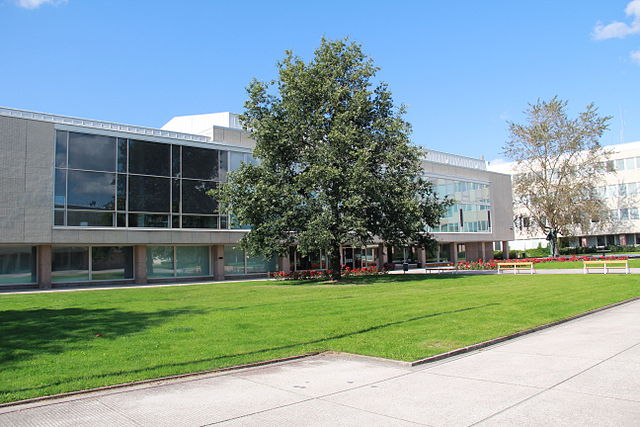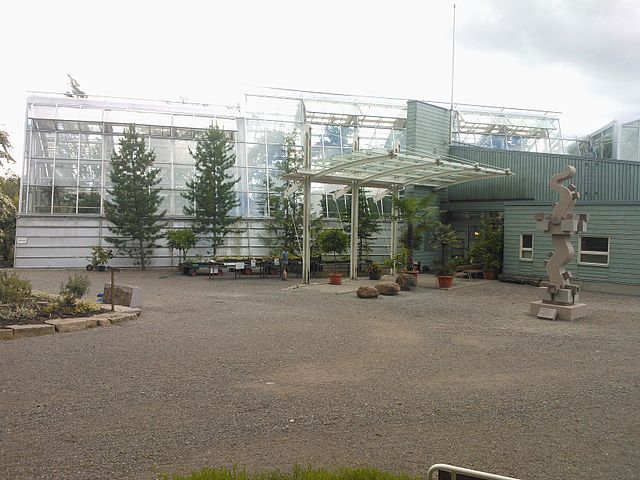
Thammasat University students who are interested in history, sociology, education, artificial intelligence, and related subjects may find a newly acquired book useful.
What is Digital History? is by Professor Hannu Salmi, who teaches cultural history at the University of Turku, Finland.
Digital history is the use of digital media to further historical analysis, presentation, and research.
It is a branch of the digital humanities and an extension of quantitative history and computing.
Digital history is commonly digital public history, concerned primarily with engaging online audiences with historical content, or, digital research methods, that further academic research.
Digital history outputs include: digital archives, online presentations, data visualizations, interactive maps, timelines, audio files, and virtual worlds to make history more accessible to the user.
Recent digital history projects focus on creativity, collaboration, and technical innovation, text mining, corpus linguistics, network analysis, 3D modeling, and big data analysis.
There are many potential benefits to the use of digital history when combined with traditional historical methods. Some of these applications include:
- Combining traditional historical methods and new research methods in order to come to new conclusions.
- Using different tools to extract and analyse larger amounts of data that would not be manageable otherwise.
- Creating models and maps of data extracted to create a visualization of the data.
- Data extracted and analyzed can be placed alongside existing historiography to increase combined historical knowledge.
By adding new research methods to existing historical method, historians can benefit greatly from the ability to work with larger amounts of data and develop new interpretations from this.
The TU Library collection includes several books about different aspects of digital history.
The publisher’s description of the book follows:
Digital history is an emerging field that draws on digital technology and computational methods. A global enterprise that invites scholars worldwide to join forces, it presents exciting and novel ways we might explore, understand and represent the past.
Hannu Salmi provides the most compelling introduction to digital history to date. Beginning with an examination of the origins of the digital study of history, he goes on to discuss the question of how history exists in a digitized form. He introduces basic concepts and ideas in digital history, including databases and archives, interdisciplinarity and public engagement. Outlining the problems and methods in the study of big data, both textual and visual, particular attention is paid to the born-digital era: the contemporary age that exists primarily in digital form.
What is Digital History? is essential reading for students of history and other humanities fields, as well as anyone interested in how digitization and digital cultures are transforming the study of history.

An article posted on the website of the American Historical Association defines digital history as follows:
Digital history might be understood broadly as an approach to examining and representing the past that works with the new communication technologies of the computer, the internet network, and software systems.
On one level, digital history is an open arena of scholarly production and communication, encompassing the development of new course materials and scholarly data collection efforts.
On another level, digital history is a methodological approach framed by the hypertextual power of these technologies to make, define, query, and annotate associations in the human record of the past.
To do digital history, then, is to digitize the past certainly, but it is much more than that.
It is to create a framework through the technology for people to experience, read, and follow an argument about a major historical problem. […]
Historians might do a great deal of digitizing as a part of their work, but our focus is different from that of the librarian.
Digital history projects proceeded from a core historical question, such as what is the social history of the American Civil War, how do local communities resist something like racial segregation, how can a student-created digital archive of Victoria’s early history allow for dynamic teaching and learning, or, how do urban historians map the knowledge claims of a dynamic metropolis?
Digital history scholarship, in addition, opens the question up for readers to investigate and form interpretive associations of their own.
This might be the defining characteristic of this genre.
Readers of this work are not presented with an exhibit, or an article with many appendices, or any other analog form simply reprocessed into a web-deliverable format.
Instead, they are presented with a suite of interpretive elements, ways to gain leverage on the problem under investigation.
The authors suggest:
For history, the future digital environment might challenge some of our traditional methods, perhaps even the craft-oriented practices of our discipline.
Our sources alone in the future will be almost entirely digital—instant messages, e-mails, doc files, pdfs, digital video, podcasts, and databases.
Their scale and complexity will demand that historians use tools and techniques not yet a part of our practice to create their own digital sources and employ those created by others.
To this end, we need to expose our graduate students to the variety of research and teaching tools already at their disposal—Zotero, del.icio.us, Google Earth, Google Books, Wikipedia, SIMILE, Scribe, and TokenX.
In fact, we, as a field, must endeavor to shift the focus of digital historical scholarship away from the product-oriented exhibit or “web site” and move it more toward the process-oriented work of employing new media tools in our research and analysis—“doing” digital history.
But in order for digital history data to be considered a scholarly product in and of itself, to inform our own research and to be shared with others, we will need to more fully address the accompanying challenges of quality (peer review), preservation, and open access.
The characteristics of future digital history works might be computational/algorithmic, large-scale, and visual.
We certainly need to think about digital history in integrative terms, and Rosenzweig has more than anyone pointed the way and the key issues that scholars will face.
He recognized as well that digital history, perhaps more than analog, invites students and the public into the digital process. It is fundamentally concerned with the integration of teaching, research, and outreach.
These exemplar projects offer us inspiration and much to consider as we discover what history looks like in the digital medium.

(All images courtesy of Wikimedia Commons)
